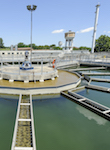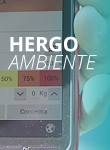Making water drinkable with nanotechnology: it’s now a reality!
Focus
Focus
Category Facet
Custom Facet
Search Results
-
Web Content Article · By Palvi Andrea Tonziello On Aug 4, 2020 5:25 PM
A revolution rooted in the circular economy: thanks to separate waste collection, organic waste is fed into an anaerobic digestion process to produce biogas.
circulareconomy Categoria Progetto: Innovation Heratech Project Innovation Categories: Regeneration of resources -
Web Content Article On Aug 4, 2020 5:20 PM
District heating is already in itself a "sustainable" and environment-friendly solution, because it can guarantee better performance than traditional domestic boilers. In addition, the plant...
Categoria Progetto: Heratech Project Energy Efficiency -
Web Content Article · By LUCIA ALGISI On Aug 4, 2020 4:49 PM
Thanks to the Optimised Seawater Protection Plan”, Rimini's beaches will be 100% safe to swim. Discover the most important milestones and works of the project to protect the sea
psbo Categoria Progetto: Heratech Project Circular Economy Water Project -
Web Content Article On Aug 4, 2020 3:32 PM
Thanks to Imola's cogeneration plant, which produces electricity and heat from a single source, the city and its district are completely self-sufficient in case of blackouts. Find out more about...
Categoria Progetto: Heratech Project
Asset Publisher
Discover the project for “removing and capturing” microcontaminants with recycled materials
Micropollutants, or microcontaminants, are chemicals such as pesticides, drugs, medicines and other organic substances that are present in water in very low concentrations. These are substances that are hazardous to human health and the environment, which we constantly monitor and research in order to identify effective removal mechanisms and abatement technologies.
“Removing and capturing” microcontaminants
The project involves the use of materials recovered from the production of hollow fibres for membranes, such as scaffolds used in the medical field which, combined with graphene, can be used as filter material in the water purification process.
In this way, a valuable material, which would otherwise be lost as process waste, is put back into circulation and given new life.
Laboratory tests were performed comparing conventional materials, such as activated carbon and innovative materials (PSU-GO, RGO, GNP, etc.) for the treatment of water resources at the Pontelagoscuro (Ferrara) power plant.
The objective of the test was to verify the effectiveness of these materials in removing various micropollutants, such as: EMPs (Emerging MicroPollutants), EPs (Emerging Pollutants) and possible by-products of ozonation, such as bromates.
The results highlighted the effectiveness of certain filtering materials and the next step will be the construction of a pilot plant within the Pontelagoscuro power plant, to further study and perform further tests on a larger scale.
Laboratory results have highlighted the effectiveness of some filter materials, and the inauguration of the pilot plant at the Pontelagoscuro drinking water treatment plant in February 2024 allows the working group to implement full-scale application tests with varying concentrations of graphene oxide.
In addition to Hera, CNR and Medica are also taking part in the project. They have built the plant thanks to an EU LIFE project.
Search Bar
Tag Facet
Search Results
Asset Publisher
Creating shared value report 2024

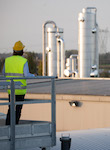

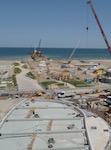
.jpg/9565bb79-c635-94a1-62b9-d0a45db370e3)

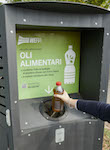
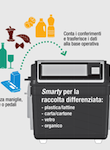

.jpg/468d051b-ba80-83a6-359d-7ef55eefd940)

